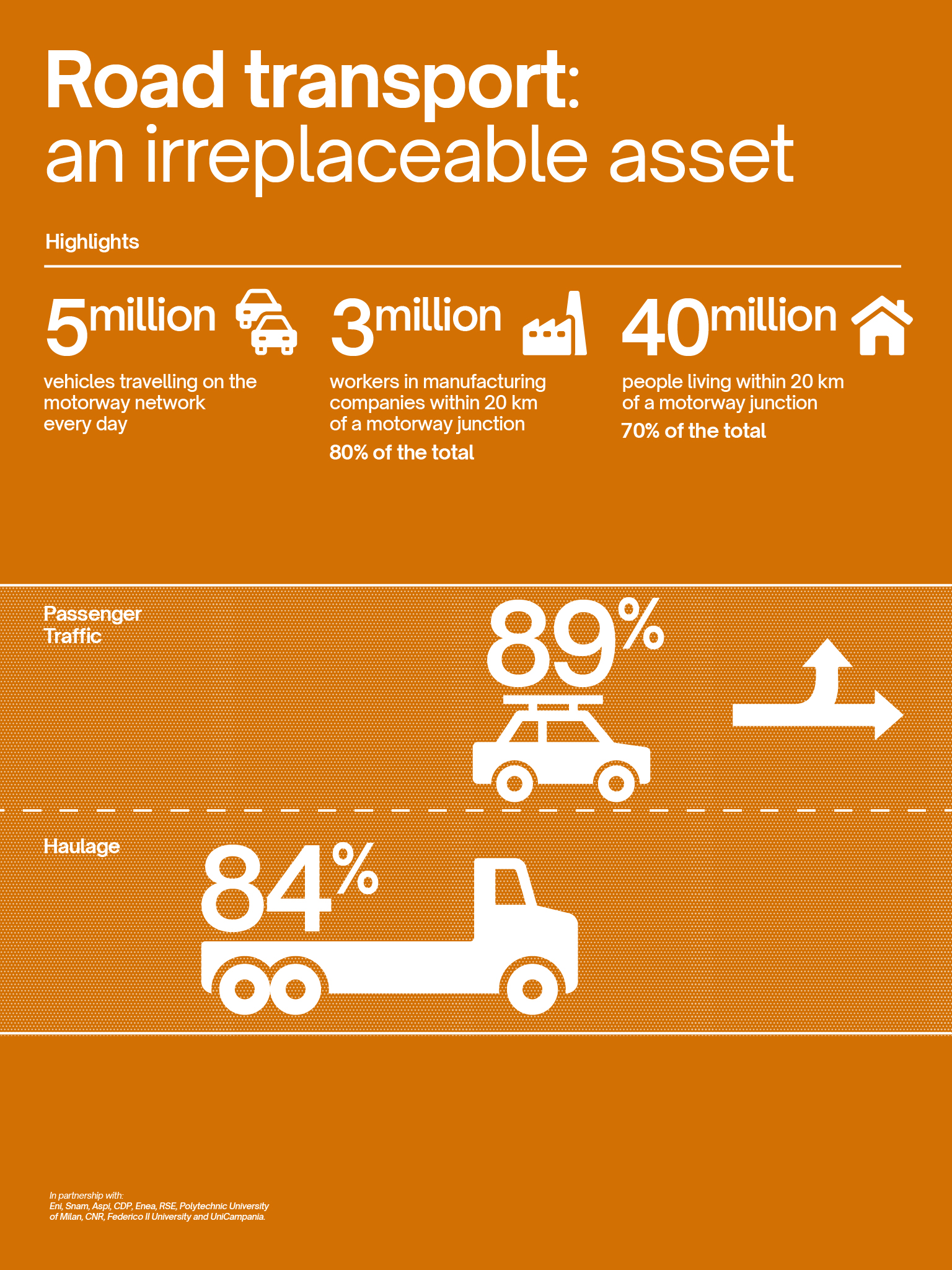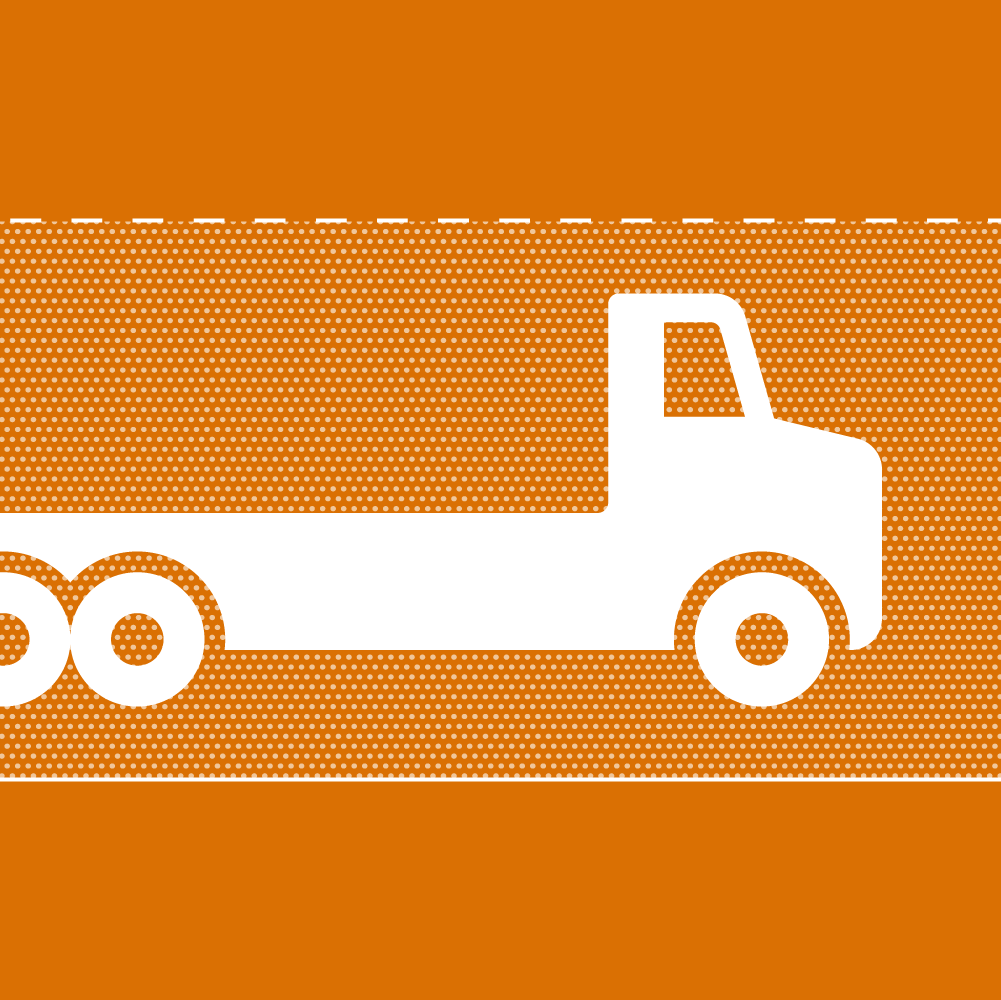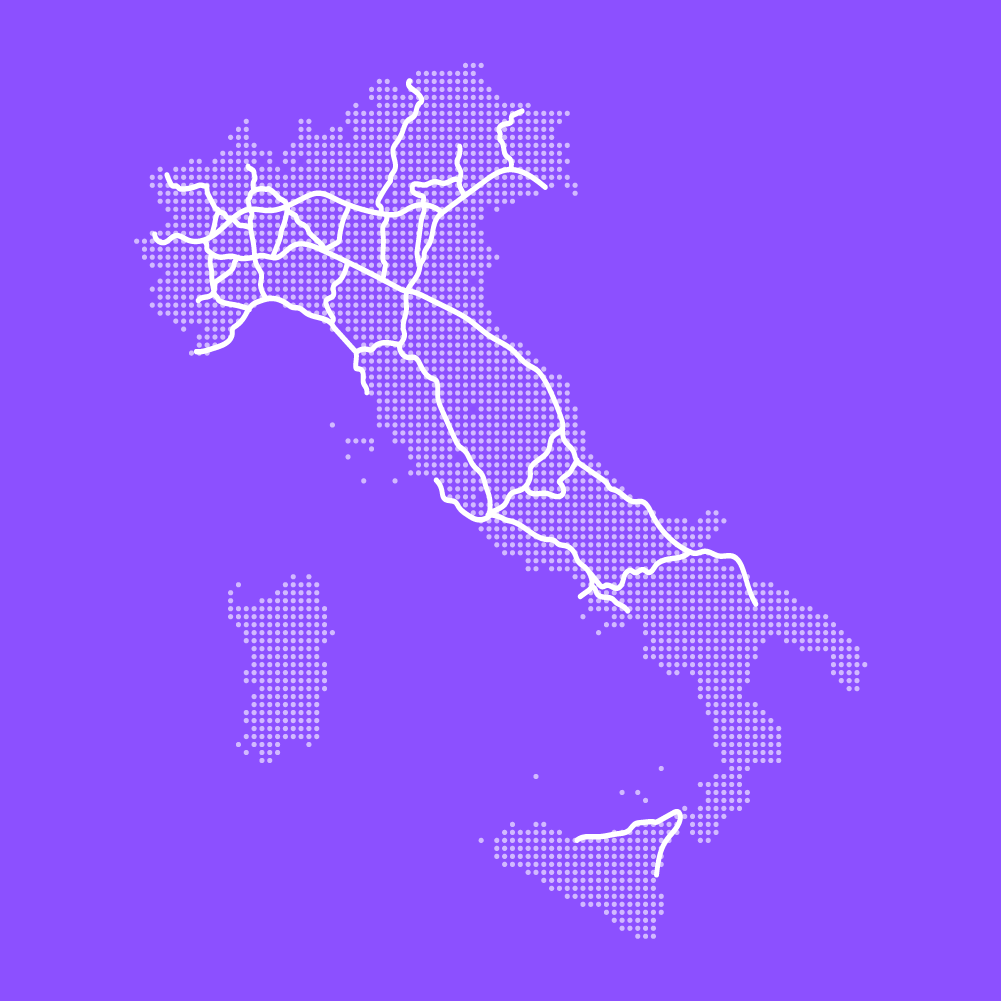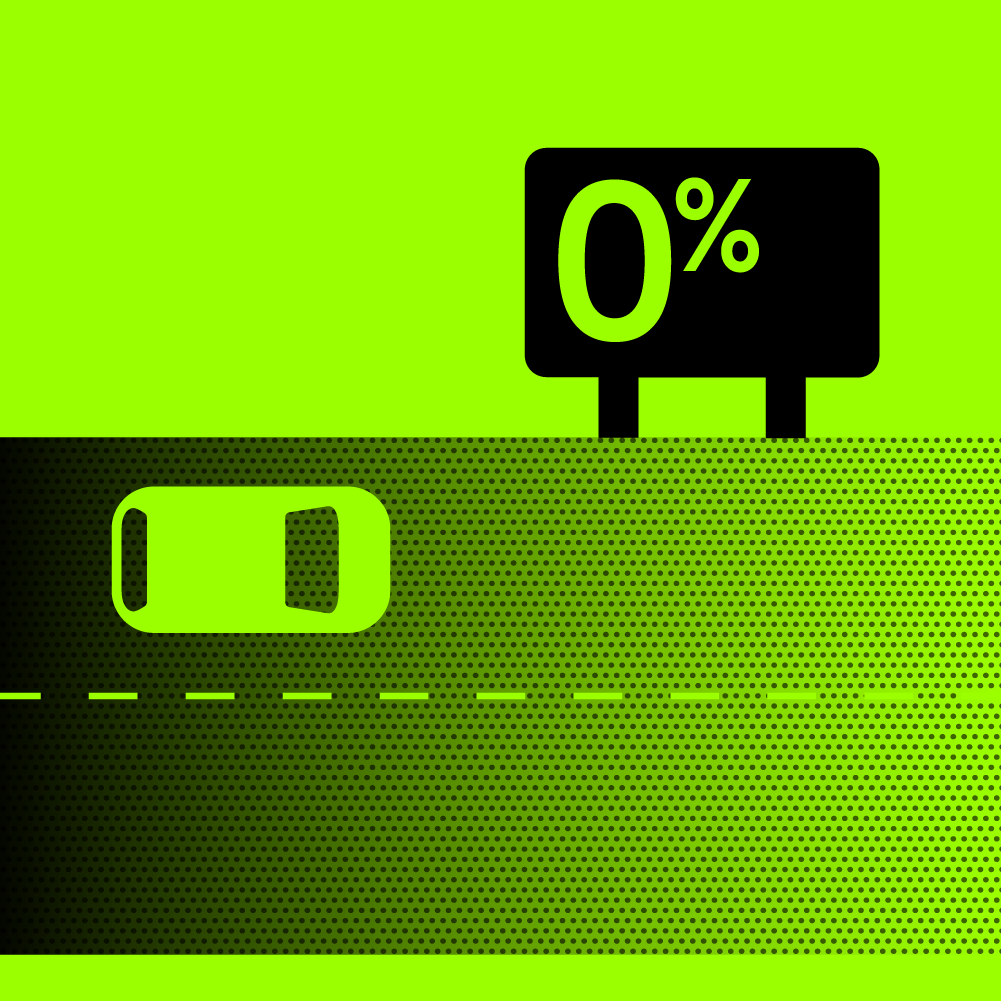Road transport: an irreplaceable asset
There are more than 38 million Italians who commute every day and cover 1.8 billion km, the equivalent of 12 times the distance between the Earth and the Sun
Think about the last item you ordered online, delivered just a few hours later to your home; now think about the friend who moved to a distant region and came to visit you for the weekend; finally, think about the heart being carried from a hospital to the opposite side of the country while the medical team prepares for the transplant. What do all these things have in common? Nine times out of ten the answer is: a road. Because in Italy people and goods predominantly move by road.
Road transport in Italy: key figures
More than 38 million Italians commute every day. The Ministry of Infrastructure and Transport estimates that, on average, each person makes almost 2.6 journeys per day for a total distance of around 47 kilometres and a daily total of 98 million journeys. The combination of these figures reveals that every day the Italian population travels 1.8 billion kilometres, equivalent to 12 times the distance between the Earth and the Sun.
Most of those kilometres are travelled by road. For passenger mobility, road transport (motorbikes, cars and buses) accounts for around 89% of the total. This is mainly due to the peculiar Italian orography and the national demographic distribution: while 36% of the population resides in metropolitan cities, about 60% live in municipalities ranging in size from small or very small (under 50,000 inhabitants) to medium-sized (up to 250,000 inhabitants), which often develop in complex geographical areas requiring a road-based private and public transport model. Therefore, alternative modes such as rail have little margins of competition, except in urban and metropolitan areas or along a few long-distance routes.
Although representing only 3% of the national road network, motorways are used by one fifth of all road users, since around 70% of the population (over 40 million people) live less than 20 kilometres from a motorway junction.
Haulage in Italy
The predominance of road transport in Italy is also clearly visible in the case of goods. Every year, 579 billion tonnes of goods per kilometre move across Italy, and 84% of the total moves by roads, with transport by sea and rail covering only 10% and 4%, respectively. Once again, motorways play a significant role, as around 30% of the total national volume of goods move along them.
The percentages are quite different from the EU average, where 52% of goods are transported by road (while 29% are transported by sea and only 12% by rail). However, some countries show similar data: in Spain, the share of goods transported by road is as high as 91% of the total, in France 85%, in Germany 71%.
Costs and environmental impacts of road transport
Those six daily round trips to the Sun and the billions of tonnes of goods transported clearly prove that the Italian road infrastructure is the backbone of the country, the network that guarantees freedom of movement and time saving, while fuelling the domestic economy: in other words, an irreplaceable asset.
Notwithstanding their importance, the use of motorways still implies a significant environmental impact, even in the long run. In this regard, the European Commission forecasts an increase in road traffic (vs. 2015) for passengers and goods of 13% and 30% respectively by 2030, and 27% and 55% by 2050.
The transport sector in the 27 EU countries accounts for 26% of greenhouse gas emissions, a figure that rises to 29% when including international maritime traffic and which is 10% above the global average. Depending on the methods adopted to calculate its impact, the road sector accounts for between 72% and 95% of the total emissions produced in Europe by the transport sector. While the highest figure refers only to the domestic impact, 72% also encompasses non-EU emissions, e.g. those from shipping beyond the border of territorial waters. In Italy, the values determined with the two criteria reach 79% and 93%, respectively.
In addition, road transport and the related climate-changing gas emissions have a considerable impact on the economy, which can also be measured according to several parameters: the damage caused by increasingly frequent extreme weather events, the scarcity of water resources due to rising average temperatures and the impact on productive sectors such as agriculture and the energy sector, dependence on foreign countries for fuel supplies, and costs in terms of public health.
Mitigating the environmental impact of road transport
Road transport is irreplaceable and bound to grow, yet it still produces a quarter of greenhouse gas emissions. These two seemingly incompatible aspects can only be reconciled by implementing a robust decarbonisation programme.
In 2021, the European Commission launched the “Fit for 55” plan, which sets a target for 2030 of a 40% overall reduction in emissions from road transport compared to 2005 levels, and for Italy, the even more ambitious target is a 43.7% reduction. The strategy to achieve the target is yet to be outlined, in the light of an articulated and complex regulatory framework.
As a matter of fact, in order for them to be effective, road transport decarbonisation efforts must involve the entire supply chain: infrastructure, vehicles, energy carriers and users. A global problem requires collective and consistent action, without which the word “decarbonisation” will become void and the word ‘sustainability’ just a pretty six-syllable word.























